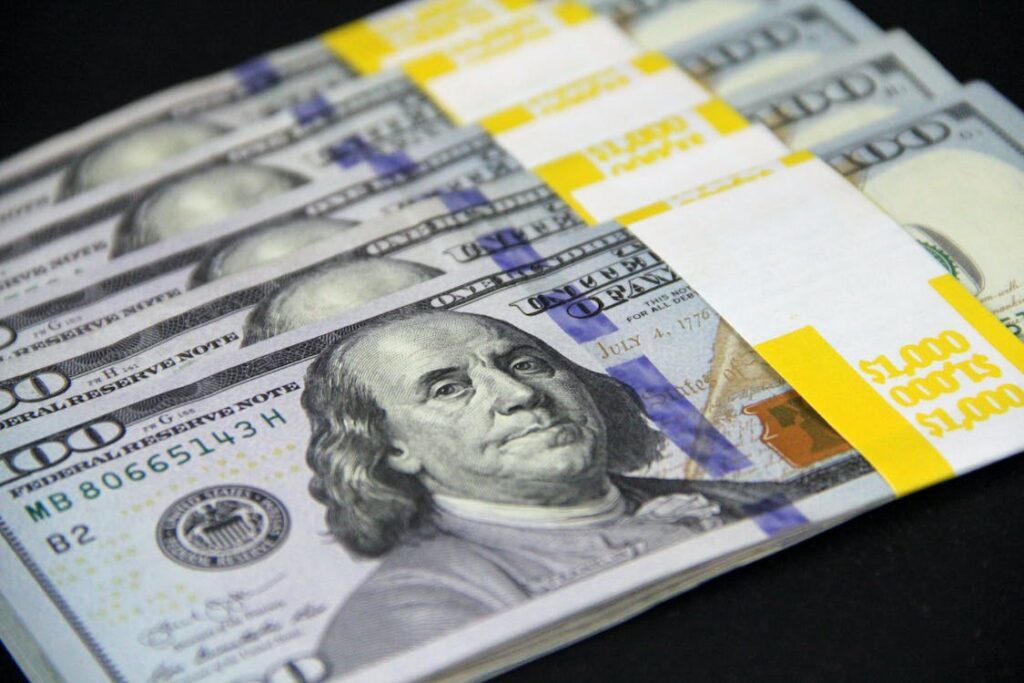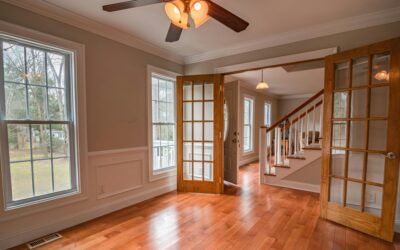Mortgage Rates Break the 7% Barrier as Economic Performance Surprises Analysts
Mortgage rates have once again crept higher this week, reflecting an economy that continues to perform robustly. The 30-year fixed rate didn’t just creep but made a significant leap, breaking past the symbolic 7% threshold to settle at 7.09%. This milestone, reported by the Mortgage Bankers Association, highlights the ongoing trend of escalating costs for both homebuyers and those looking to refinance.
The increase was not confined to fixed-rate mortgages alone; both fixed and adjustable mortgage rates climbed across various loan categories. This surge has been attributed to sustained economic strength and optimistic market sentiments.
Here’s a detailed breakdown of the current average mortgage rates as of Aug. 9, illustrating the week-over-week changes:
- 30-year fixed: Now at 7.09% with 0.7 points, this rate has jumped from the previous week’s 6.93% with 0.68 points.
- 15-year fixed: Rising to 6.51% with 0.92 points, up from last week’s 6.39% with 0.78 points, making shorter-term loans more expensive.
- 5/1 ARM (Adjustable Rate Mortgage): This rate increased to 6.36% with 1.2 points, compared to 6.18% with 1.16 points the previous week, indicating a tightening market for adjustable loans.
- 30-year jumbo loans: Tailored for high-value properties, these loans now stand at 7.04% with 0.66 points, up from 6.89% with 0.58 points, signaling rising costs for luxury home financing.
- 30-year FHA loans: Backed by the Federal Housing Administration, these loans have reached 7.02% with 1.14 points, a significant increase from 6.85% with 1.05 points the previous week.
These upward trends in mortgage rates might affect first-time homebuyers, particularly those without significant down payments or with less-than-stellar credit scores. The rising costs also highlight the potential challenges for existing homeowners looking to refinance, especially those considering switching from adjustable to fixed rates.
Industry experts point to the sustained growth and inflationary pressures in the economy as the primary drivers behind the rate hikes. The Federal Reserve’s stance on interest rates and the broader monetary policy, along with global economic conditions, are also contributing factors. For those considering entering the housing market or refinancing existing loans, these trends underscore the importance of carefully monitoring the economic landscape and seeking professional financial advice to navigate the increasingly complex mortgage environment.






